Throughout this pandemic, Passage has been publishing articles and courses documenting how Canadians are suffering due to the housing crisis.
Houses are too expensive for most of us to buy. Skyrocketing rents are forcing us out of our communities or into smaller and worse living spaces at higher costs. Some of us are even ending up on the streets, as homelessness is on the rise.
Of course, though, not everyone has been suffering. People who own property have been watching the value of their investments surge, and maybe even scooping up more of it to the detriment of those in need. Landlords have recently been able to jack up rents with little resistance. And the financialization of housing, where corporations that view it as a tradeable stock or asset as opposed to a human right and treat it accordingly, has been able to spread unimpeded.
So where do our political representatives fit into all of this? Do our members of parliament have more in common with us, or the landlord class?
According to recently released research I’ve put together over the past few months, nearly 40 per cent of MPs are landlords and/or invested in real estate in some way.
This research was based on an analysis of public disclosures MPs were required to complete after the most recent election, which contain their sources of income, properties owned and investments. These disclosures are available on the website of the Office of the Conflict of Interest and Ethics Commissioner.
I carefully looked through 336 of these disclosures (they aren’t available for two MPs yet) and found that 128 met the qualification to be considered a landlord and/or someone invested in real estate (this included if their spouse and/or dependents met the criteria). This data is accurate as of August 23. Here are the four potential categories I grouped them into, with the number of MPs and percentage of qualifying MPs that fit into each one:
- Discloses residential rental property that they earn an income from (68 MPs; 53 per cent)
- Discloses residential rental property without disclosing any income (31 MPs; 24 per cent)
- Discloses non-residential property, such as vacant lots or farmland (11 MPs; 9 per cent)
- Discloses some sort of other involvement in real estate, such as working as a real estate agent or having investments in real estate investment trusts (REITs) (18 MPs; 14 per cent)
Some of these MPs fit into multiple categories. I sorted those based on which of the earliest of the four categories above that they belong to. For example, someone that owns rental property and earns income from it, but also owns non-residential property, would be listed as category one in the chart.
MPs from every party, as well as nearly every province and territory (other than Yukon and Northwest Territories), appeared on this list.
Here are breakdowns by party and province/territory.
Party:
- Green = 1/2 (50 per cent)
- Conservative = 54/118 (46 per cent)
- Liberal = 62/157 (39 per cent)
- Bloc Québécois = 6/32 (19 per cent)
- NDP = 4/25 (16 per cent)
- Independent = 1
Province/territory:
- Manitoba: 8/14 (57 per cent)
- Prince Edward Island: 2/4 (50 per cent)
- Saskatchewan: 6 /13 (46 per cent)
- Nova Scotia: 5/11 (45 per cent)
- Alberta: 15/34 (44 per cent)
- Newfoundland and Labrador: 3/7 (43 per cent)
- Ontario: 49/120 (41 per cent)
- British Columbia: 16/42 (38 per cent)
- Quebec: 21/78 (27 per cent)
- New Brunswick: 2/10 (20 per cent)
- Nunavut: 1/1
There are some vast differences in the extent of involvement in real estate between MPs included on this list.
For example, former Green Party leader Elizabeth May’s spouse/common-law partner earns rental income from a unit in the principal residence (though he also owns a commercial farm). Meanwhile, Charleswood-St.James-Assiniboia-Headingley MP Marty Morantz has joint ownership of at least 16 rental properties.
Other major landlords and investors in real estate include: Randeep Sarai and Greg McLean (six rental properties each, between them and their spouses/common-law partners), Scott Reid (at least five rental/investment properties plus vacant land and REIT units between him and his spouse/common-law partner), Lena Metlege Diab (at least five rental properties), Gary Anandasangaree (four rental properties plus investment into a REIT between him and his spouse/common-law partner) Jean Yip, Jamie Schmale, Mike Lake and John McKay (at least four rental properties each between them and their spouses/common-law partners), and George Chahal (three rental properties, plus interest in multiple real estate holding companies and corporations between him and his spouse/common-law partner).
Many of these MPs own real estate in areas experiencing significant increases in housing costs that have left many of their constituents unable to find a home or affordable rent.
For example, 24 of the MPs on the list represent ridings in the Toronto Metro area, where, according to Rentals.ca, the average rent for a one-bedroom unit hit $2,329 per month in August, and according to Zolo, the average cost of a house is now nearly $1.1 million.
Meanwhile, 10 of the MPs on the list represent ridings in Vancouver, where, according to Rentals.ca, the average rent for a one-bedroom unit hit $2,574 per month in August, and according to Zolo, the average cost of a house is now nearly $1.5 million.
Some of these MPs also own and sometimes rent property abroad. Deputy Prime Minister Chrystia Freeland, who has played a major role in shaping Canada’s response to the war in Ukraine, jointly owns a residential property in Kyiv. She also owns two rental properties in London.
A significant number of MPs are also invested in REITs, which are a form of financialized landlords. In a course on housing Passage published last year, writer Doug Yearwood notes that financialized landlords have made the housing crisis worse in multiple ways, including using “tactics of displacement, demolition and rezoning to extract the most profit” and forcing higher rent prices as one of “a variety of tactics and strategies to return profit to shareholders.” Yearwood adds that these financialized landlords “are now starting to acquire single-family dwellings and convert them into rentals.”
One limit to this research is that many MPs are owners/directors of numbered holding companies, but don’t disclose the nature of said company. This means that they could own and rent property through this corporation, but manage to avoid disclosing it. As a result, this list likely undercounts the number of MPs that are landlords and/or invested in real estate. Luckily, many MPs with holding companies did disclose the nature of them.
This is just a small sample of the results from my research. If you’re interested in finding out more, you can check out the resource I published yesterday. It includes a chart of every MP that fits into the criteria I established as well as how, plus a searchable list including all of these MPs with the relevant extracts from their disclosures so you can see exactly the extent of their involvement in real estate.
One final note is that you can also view similar research I put out last year for provincial representatives, though in some cases it will be out of date.
CORRECTION: This article was updated on September 23 to clarify that some extracts from the disclosures of MPs relate to their spouse/common-law partner. Passage regrets the errors.


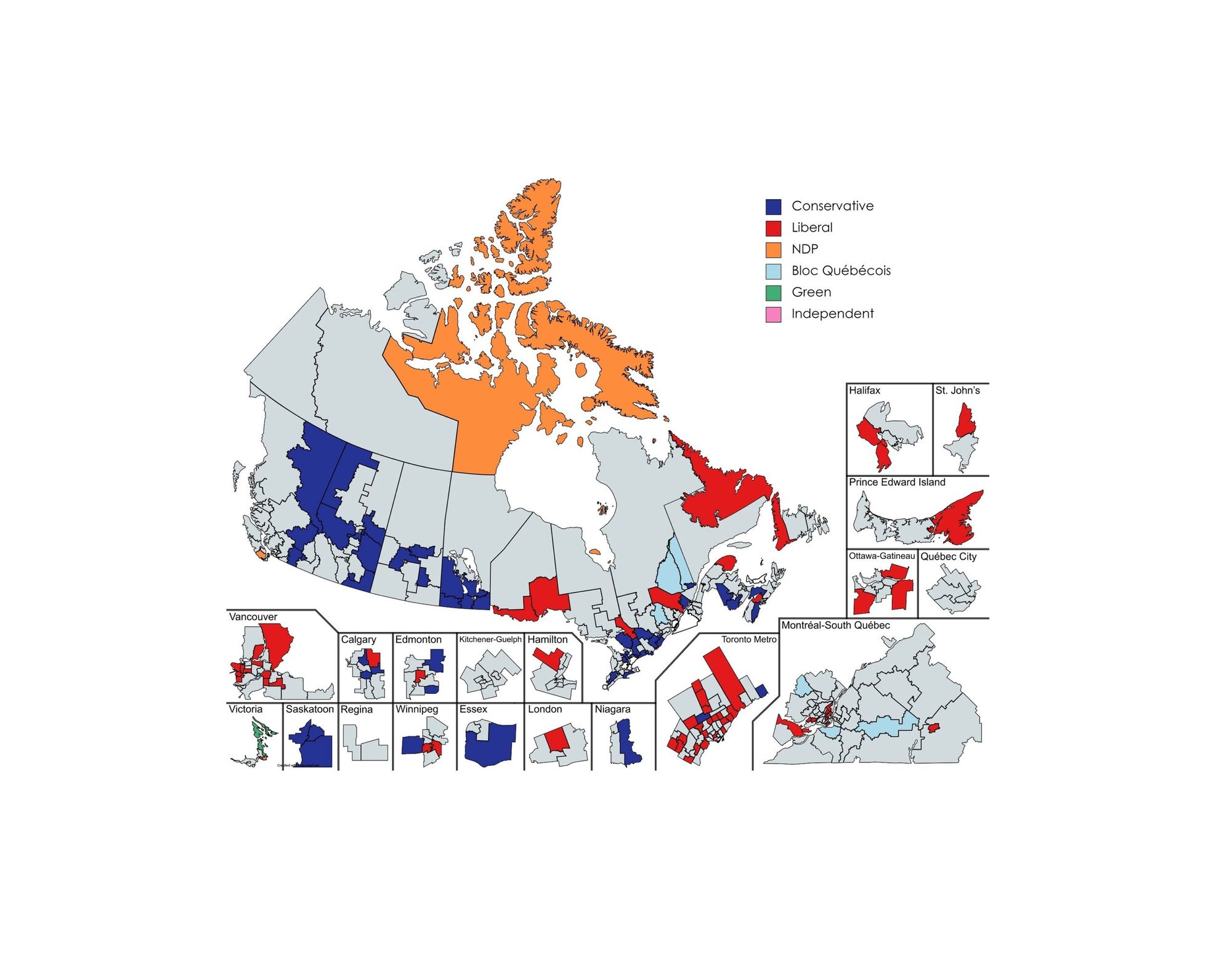
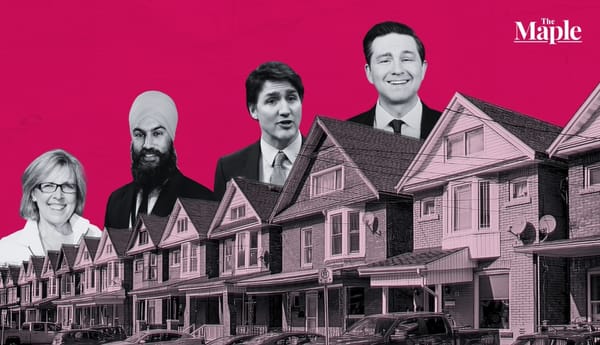
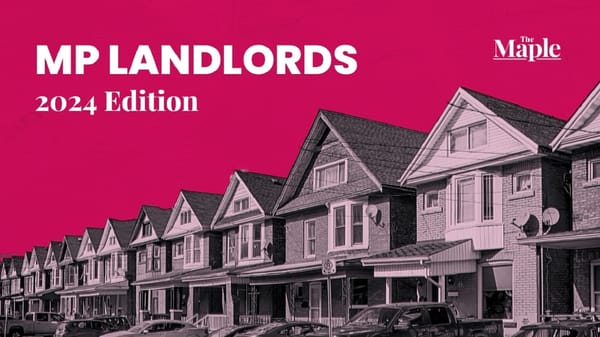
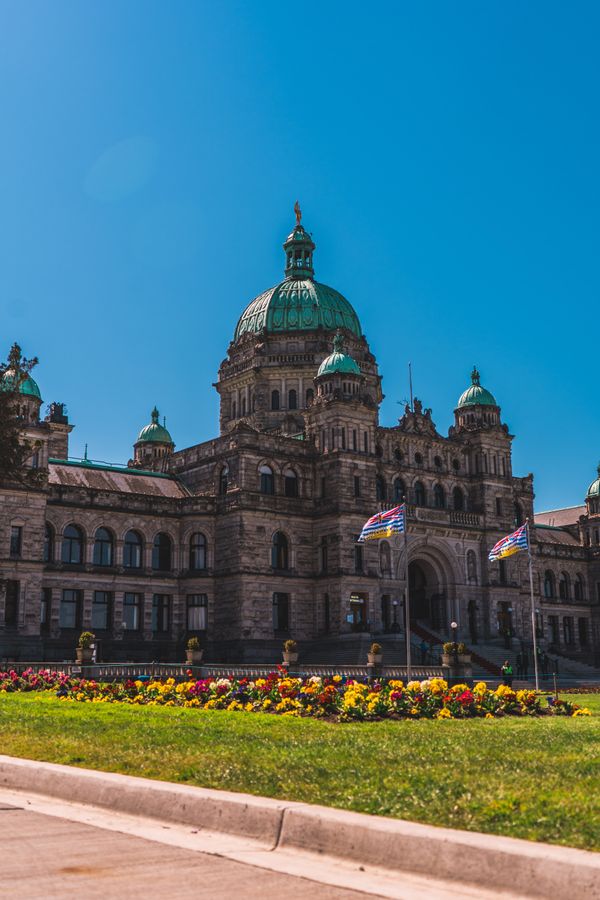
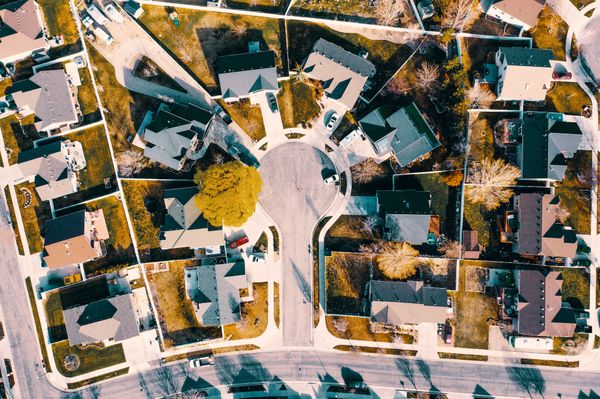
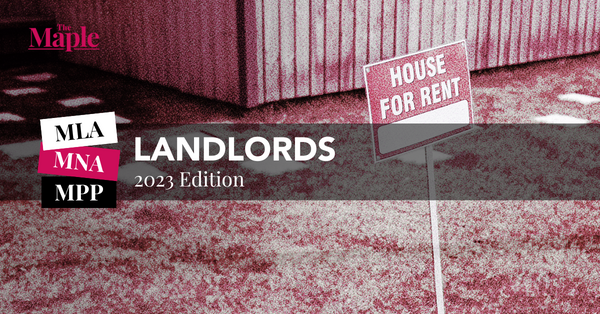
Member discussion